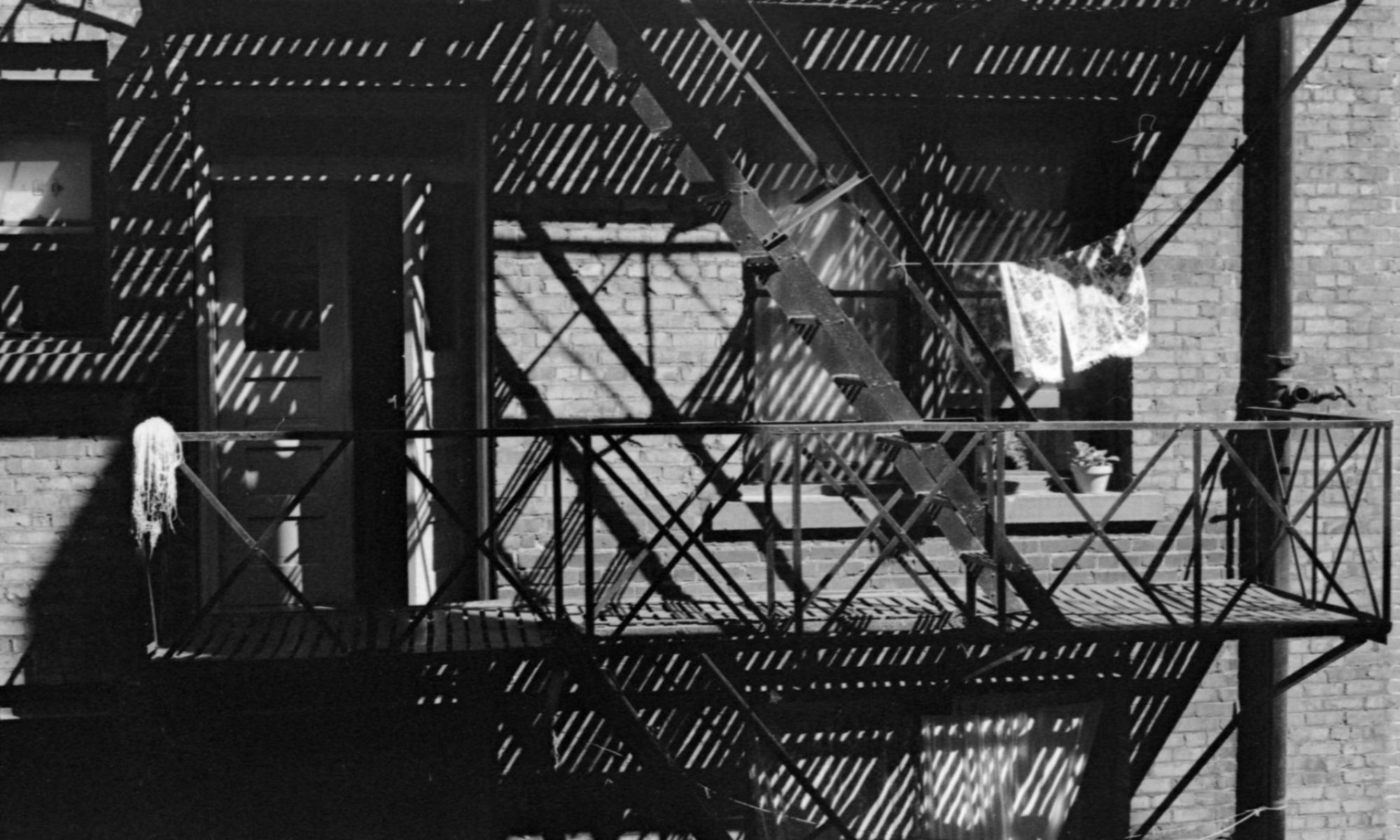
The Right to Remain is a four-year project funded by an Insight Grant awarded by the Social Sciences and Humanities Research Council of Canada (2017 – 2021). We thank our peer reviewers and the hard-working staff at SSHRC for their intellectual and administrative labour.
This project examines the Single Room Occupancy (SRO) buildings in Vancouver’s Downtown Eastside (DTES), a key site to address the interface between urban activism and sociospatial rights at the epicentre of Canada’s growing housing crisis. Our research question is: what does a tenuously housed community do when their human rights are subordinated to property and planning regimes that infringe on their very ability to remain in place? The intensifying pace of SRO conversions from low-income to middle class housing in the DTES mirrors previous rounds of creative destruction inflicted on this community through colonialism, racial prejudice, and the withdrawal of care for the mentally ill, veterans, and others who have found refuge and support in this low-income community for nearly half a century. The project aligns with recent commitments by the City of Vancouver to shift the damaging relationship between escalating housing costs and deteriorating conditions of the city’s poorest citizens.
Our previous project outlined a collective “right to remain” (R2R) as an activist counter-brand that confronts the market-based revitalization of the neighbourhood now occurring under the auspices of an appropriated “Japantown.” This work surfaced: the existential right to be free from oppression; the material right to the basic necessities of life; the cultural right to sustain a community; and the political right to access democratic mechanisms that protect human rights. These rights occupy an activist frame of reference; they “dwell” within place and motivate inhabitants to organize in pursuit of their human rights within and often against existing governmental processes. But even as it becomes an activist frame, the R2R continues to be violated, most grievously against the 3,600 who are the most precariously housed in privately owned SROs, a notorious but diminishing housing stock paradoxically cited as our nation’s “slum” as well as the “the last step before homelessness.” Despite years of tepid efforts by the city to mitigate the conversion of SROs, landlords continue to act with impunity in forcing tenants to live under the harshest conditions, harassing them, demanding sex for rent, setting fires, and raising rents before finally and often illegally “renovicting” or “demovicting” them in a final act of dispossession.
This project addresses the potential for tenant organizing in the SRO to protect their human rights by advancing a politics of inhabitation that works against neoliberal forces of dislocation. Our main community partner, the DTES SRO Collaborative, is pursuing housing rights through direct action using advocacy and legal mechanisms. We will work with this Collaborative to clarify the historical legacy of the SRO as a site for the struggle over rights in order to advance a research and political agenda that prioritizes adequate social housing as a human right and a first step to community. Our project has three phases: In Phase 1 we undertake collaborative participatory research to create a living archive of SROs, including detailed property records and longitudinal research on SRO rent increases, living conditions, and upscale conversions. In Phase 2 we create rights-based narrations of SRO life by supporting tenants in collective processes of “poetic dwelling” that draw on Indigenous and Japanese activist methodologies. In Phase 3, we share our research with local-to-national audiences by curating our findings at partners’ museums and art galleries. Through this work, we aim not only to confront discriminatory representations of the DTES, but to unsettle conventional and discriminatory property rights and planning ideologies that have for too long made lives so difficult within this vital but neglected urban resource.

